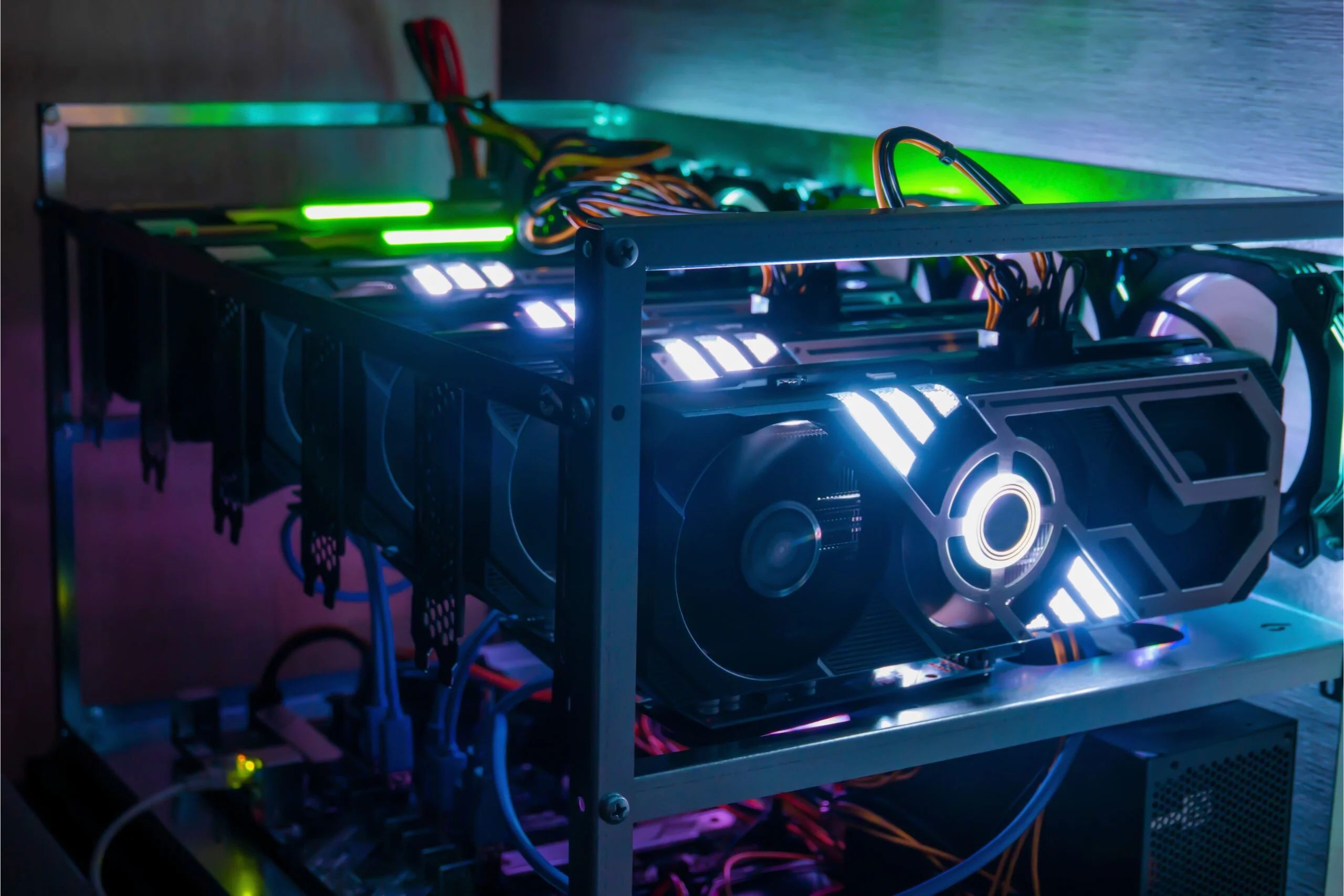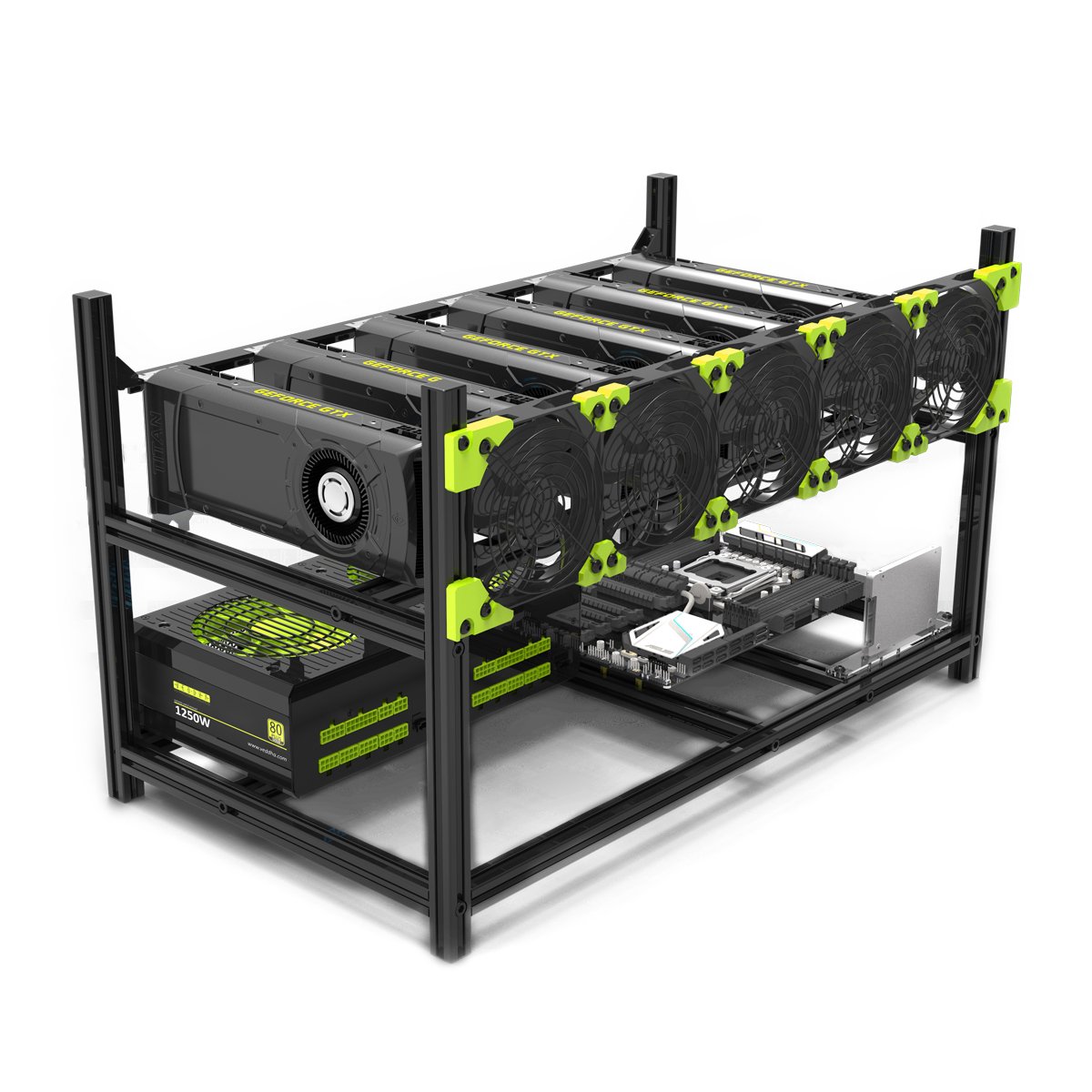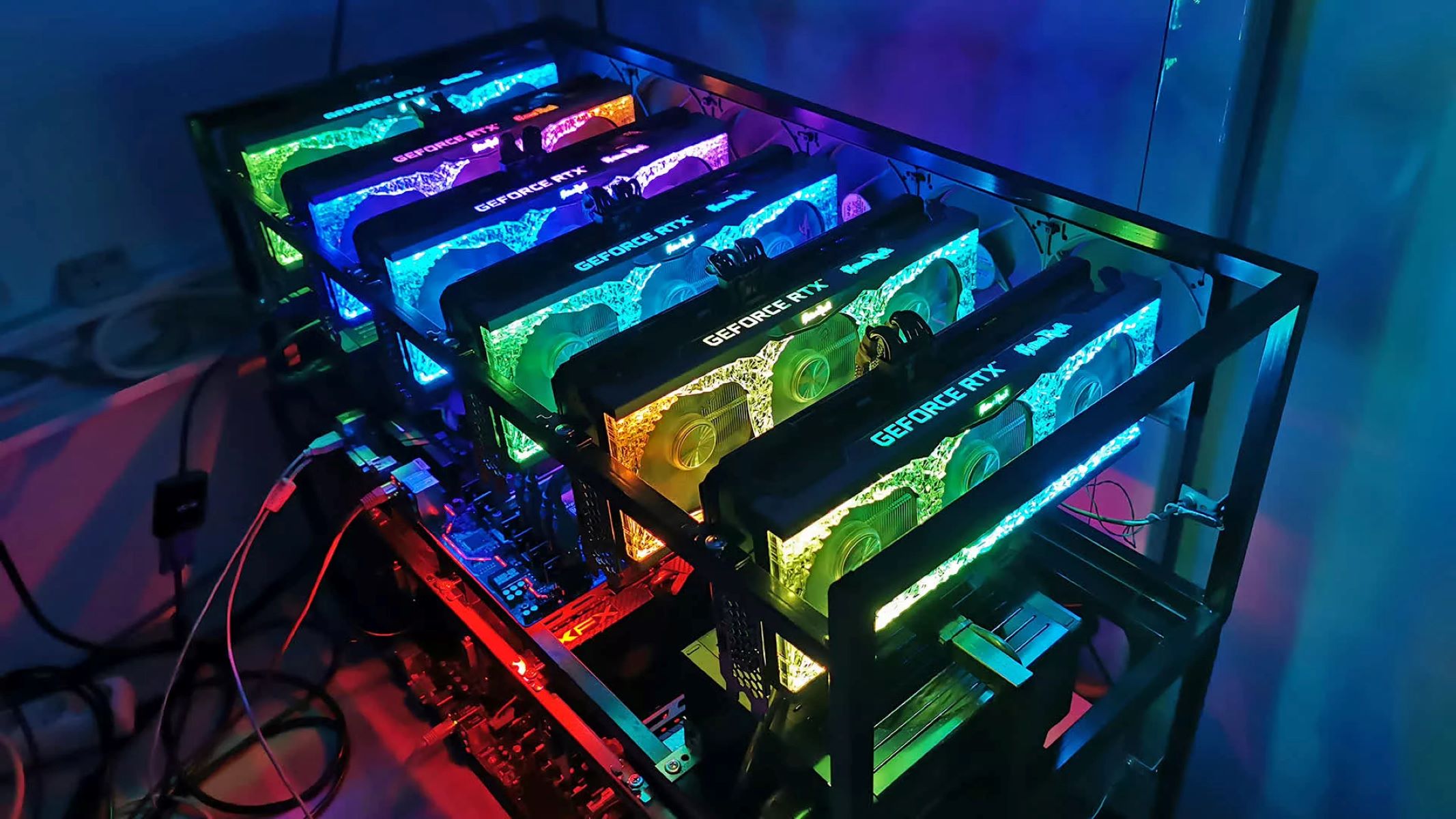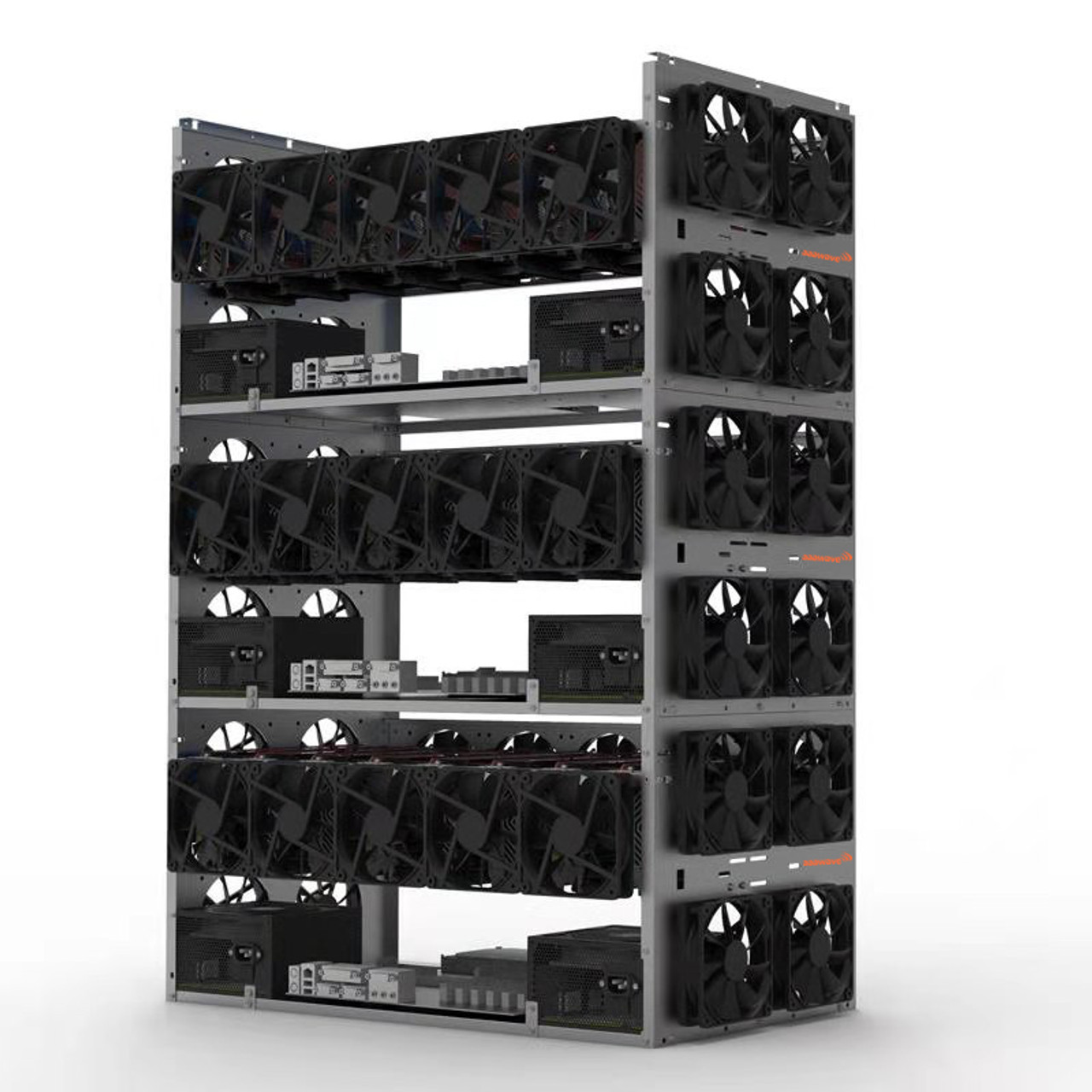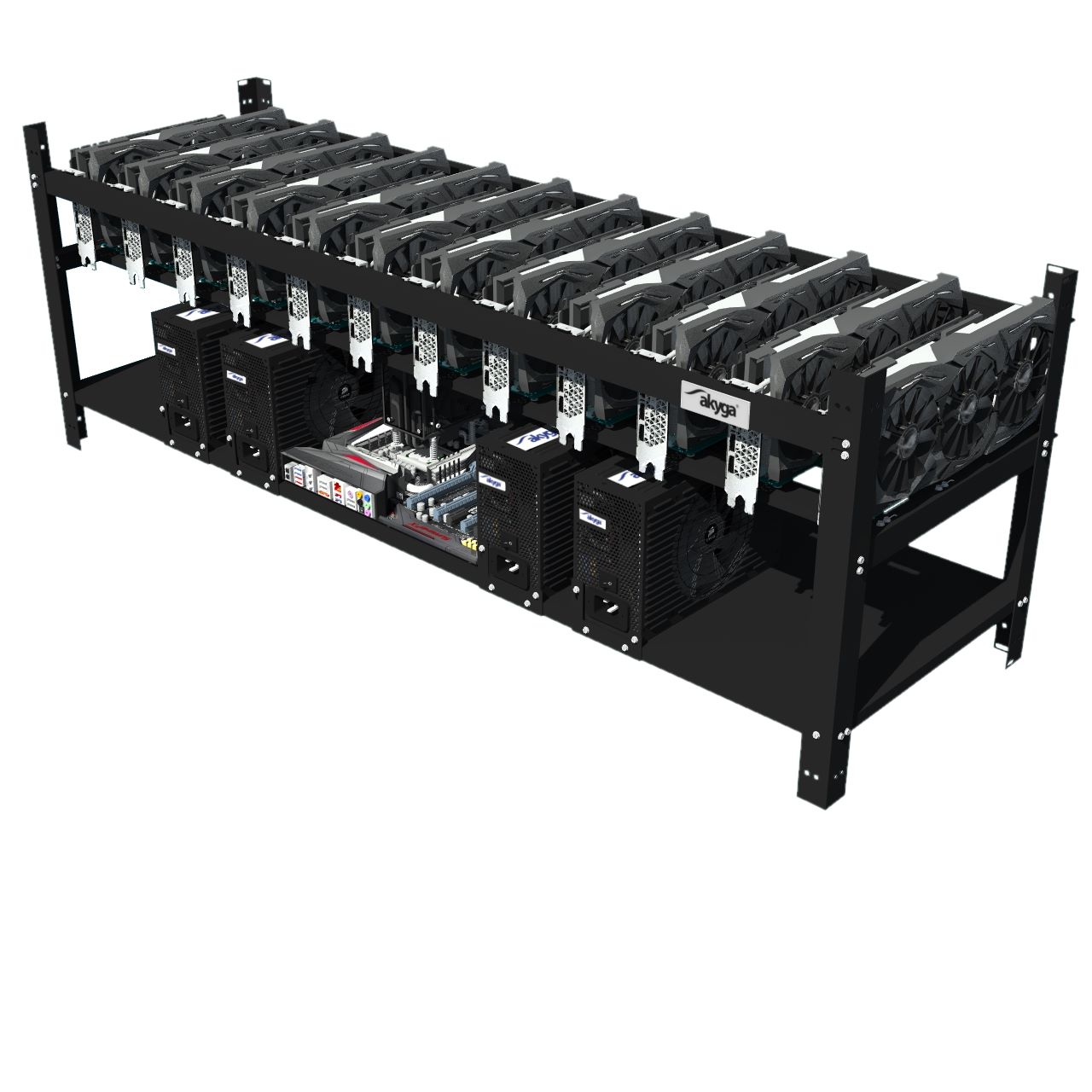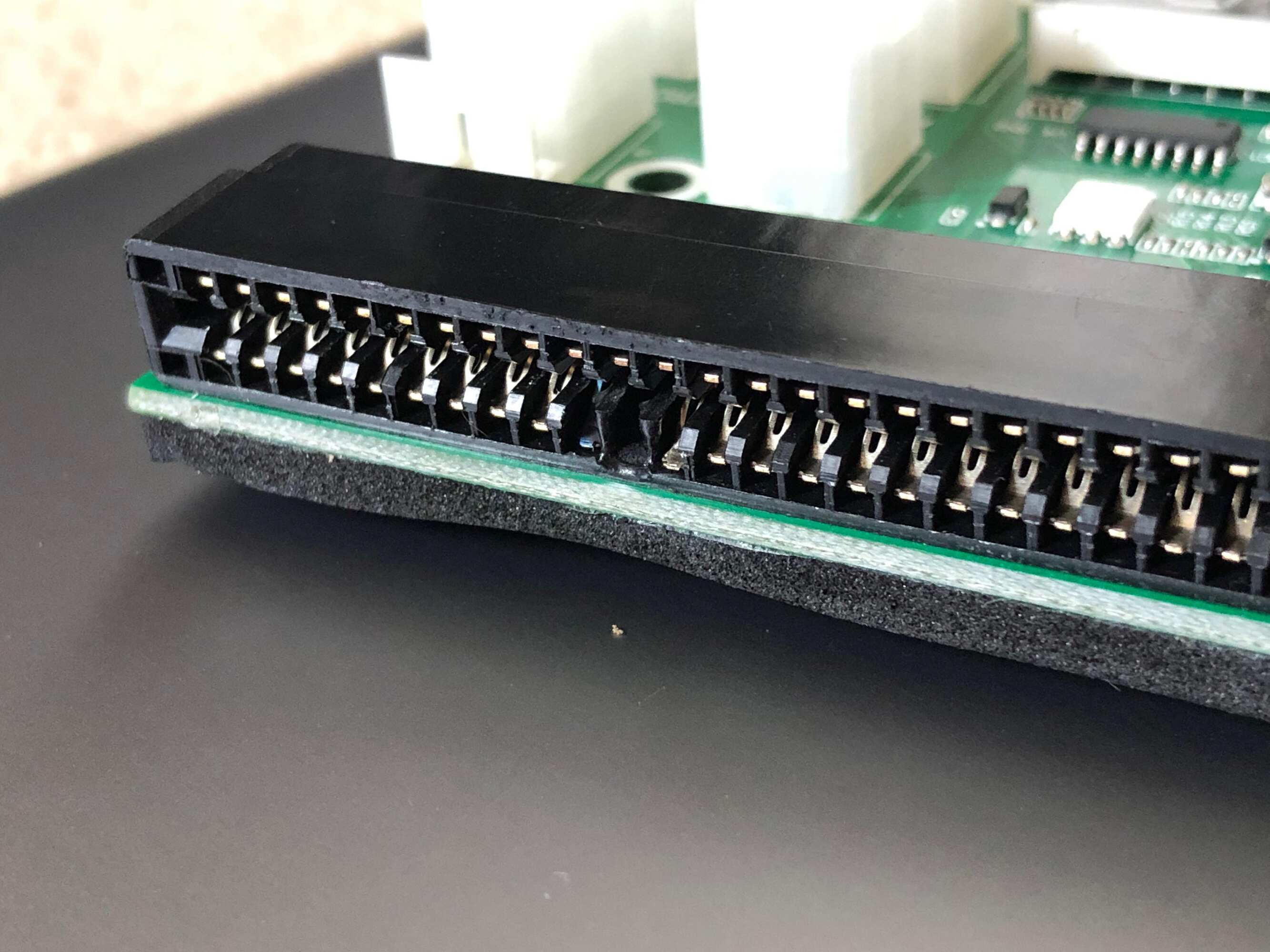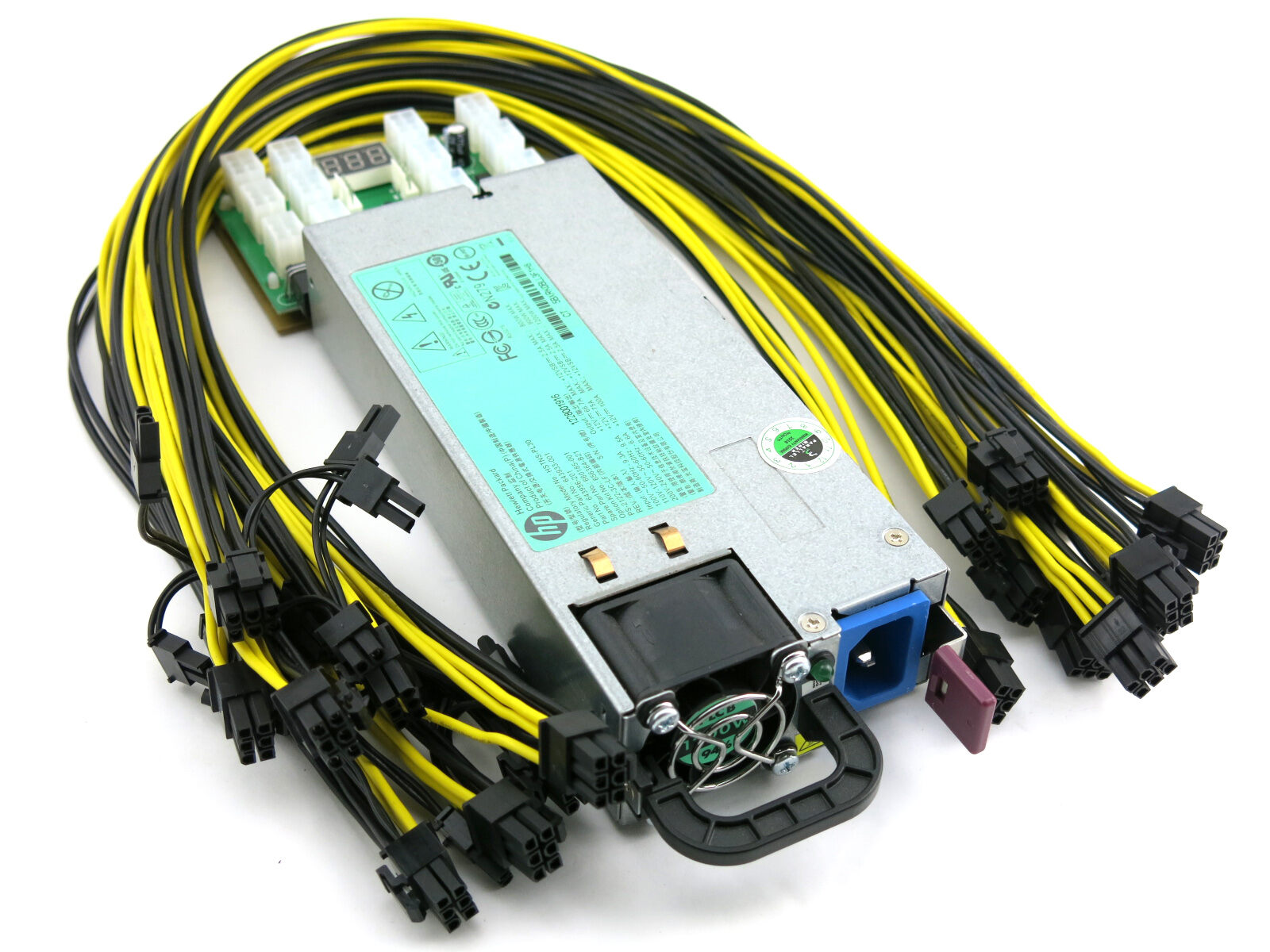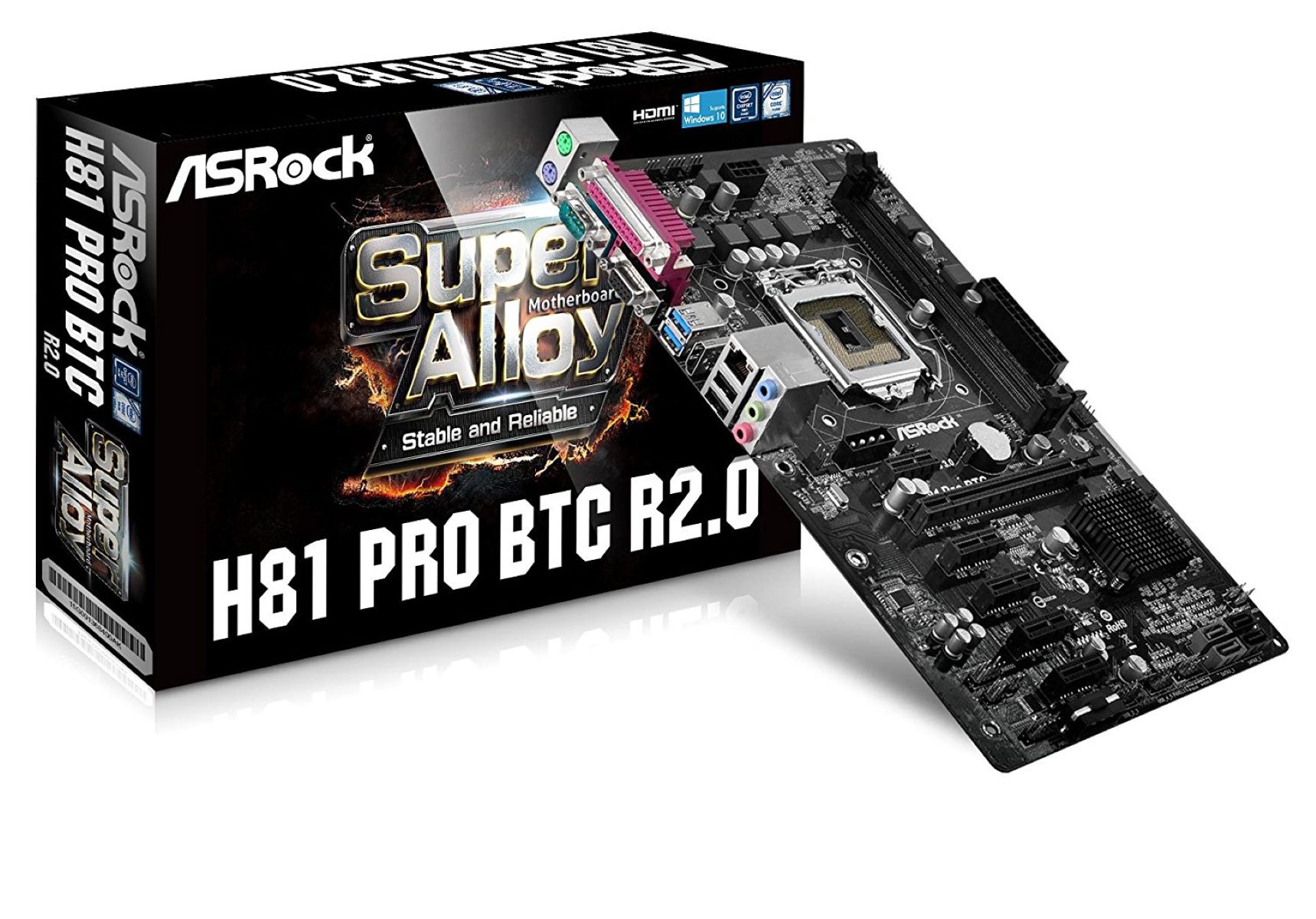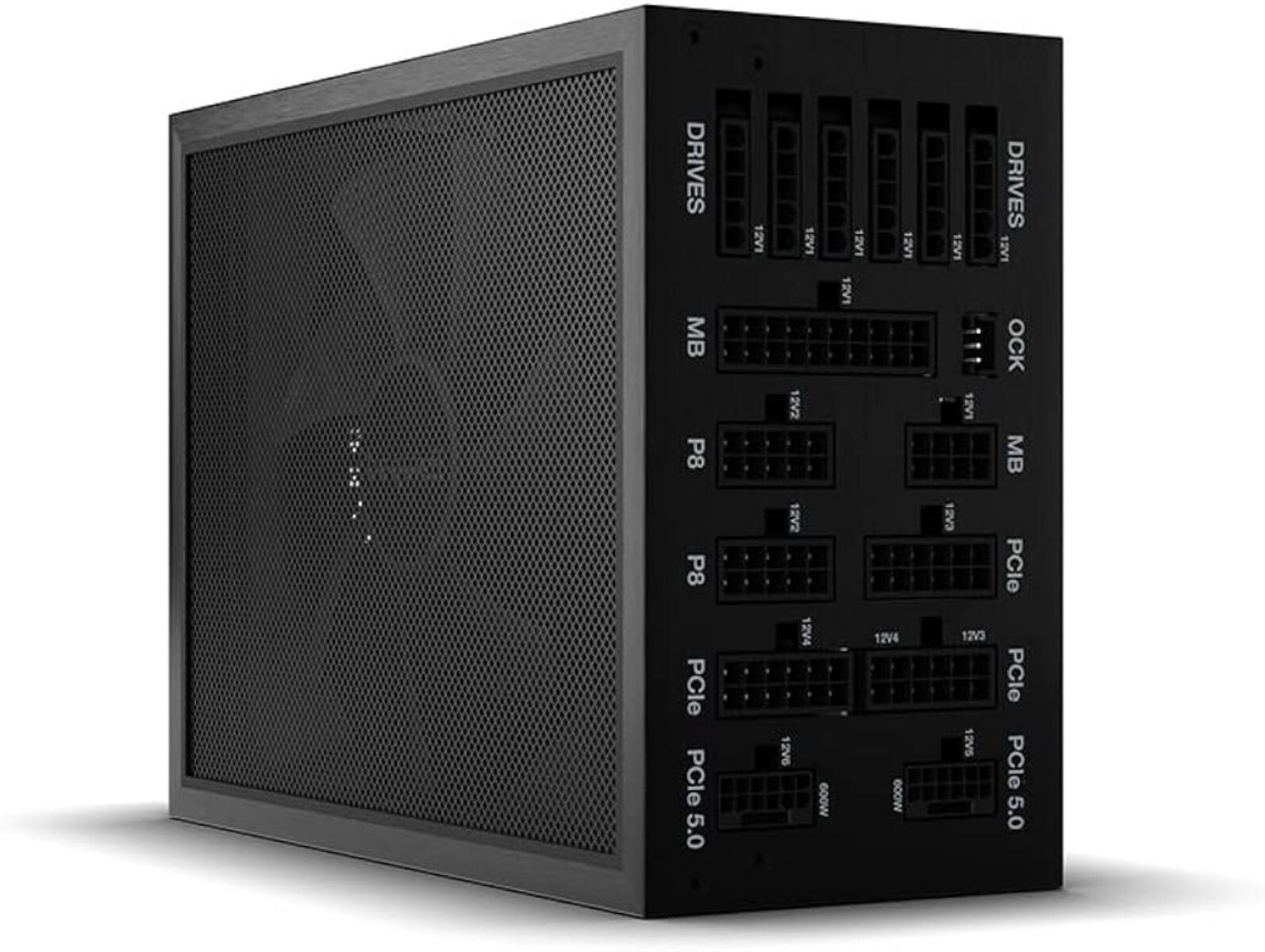Introduction
With the rise of cryptocurrency mining, many individuals and businesses are investing in powerful GPUs (Graphics Processing Units) to maximize their mining potential. However, a common concern among miners is the lifespan of their GPUs. How long can a GPU last when used for mining?
When it comes to GPU lifespan in mining, several factors come into play, including the manufacturer’s warranty, cooling and maintenance, workload and intensity, and signs of wear and tear. Understanding these factors can help miners make informed decisions and take the necessary steps to prolong the lifespan of their GPUs.
In this article, we will delve into the various aspects that affect the lifespan of a GPU used for mining. We will explore the importance of the manufacturer’s warranty, the significance of proper cooling and maintenance, the impact of workload and intensity, and the signs that indicate a GPU may be experiencing wear and tear. Additionally, we will provide practical tips to help miners prolong the lifespan of their GPUs.
While it is important to note that every GPU is unique and the lifespan can vary depending on various factors, gaining a comprehensive understanding of these factors can help miners make informed decisions and adopt effective strategies to maximize the longevity of their GPUs.
Whether you are a seasoned miner or just starting your mining journey, understanding the factors that play a significant role in GPU lifespan will empower you to make educated choices and ensure the longevity of your mining hardware investment. So let’s dive in and explore the world of GPU lifespan in mining.
Factors that Affect GPU Lifespan in Mining
Several factors have a significant impact on the lifespan of a GPU when used for mining. By understanding these factors, miners can make informed decisions and take appropriate measures to maximize the longevity of their mining hardware.
1. Manufacturer’s Warranty: The manufacturer’s warranty is a crucial factor to consider. Most GPUs come with a warranty that covers a specific period, typically ranging from one to three years. It is important to check the warranty terms and conditions, as some manufacturers may not provide coverage for GPUs used for mining. Investing in GPUs with reputable warranties can provide peace of mind and protection for your mining hardware.
2. Cooling and Maintenance: Proper cooling and maintenance are paramount to the lifespan of a GPU. Mining generates a significant amount of heat, which can damage the internal components if not properly managed. It is essential to ensure adequate airflow and invest in high-quality cooling solutions such as fans or liquid cooling systems. Regularly cleaning the GPU and removing dust buildup can also help prevent overheating and prolong its lifespan.
3. Workload and Intensity: The workload and intensity of mining operations directly impact the lifespan of a GPU. Mining cryptocurrencies involves running complex mathematical algorithms, which puts a heavy load on the GPU. Higher intensity mining, such as overclocking or running the GPU at maximum capacity for extended periods, can lead to increased wear and tear. Miners should strike a balance between maximizing mining performance and ensuring the GPU is not pushed beyond its limits.
4. Signs of Wear and Tear: Monitoring and identifying signs of wear and tear is crucial for maintaining a healthy GPU lifespan. These signs may include frequent crashes, artifacting (visual glitches), abnormal fan noise, or increased temperatures. If you notice any of these signs, it is essential to address them promptly by examining the cooling system, adjusting workload settings, or even replacing faulty components.
By considering these factors and taking appropriate actions, miners can greatly prolong the lifespan of their GPUs. However, it is important to note that GPU lifespan can still vary depending on individual usage, environmental factors, and overall hardware quality. It is advisable to do thorough research and consult with professionals to make informed decisions and optimize the performance and lifespan of mining GPUs.
GPU Lifespan: Manufacturer’s Warranty
The manufacturer’s warranty plays a vital role in determining the lifespan of a GPU used for mining. When purchasing a GPU, it is essential to understand the warranty terms and conditions provided by the manufacturer.
Most GPUs come with a warranty that covers a specific period, typically ranging from one to three years. However, it is crucial to note that some manufacturers may have specific clauses that exclude GPUs used for mining from warranty coverage. This is because mining puts additional strain on the GPU compared to regular usage, which increases the risk of wear and tear.
Investing in GPUs with reputable warranties can provide an added layer of protection for miners. Manufacturers with strong warranties often have confidence in the durability and performance of their GPUs. In the event of any hardware failure or defects within the warranty period, miners can have their GPUs repaired or replaced without incurring additional costs.
Miners should carefully review the warranty terms and conditions before making a purchase. Some key points to consider include:
- Does the warranty cover GPUs used for mining?
- Is there any specific usage limitation or condition?
- What are the eligible repair or replacement options?
- Is there any additional coverage available, such as extended warranties?
By familiarizing themselves with the warranty details, miners can make informed decisions and choose GPUs that provide adequate coverage for their mining operations.
It is worth mentioning that relying solely on the warranty is not a foolproof solution. Even with warranty coverage, the downtime and inconvenience caused by a GPU failure can impact mining profitability. Therefore, it is crucial to consider other factors that can extend the lifespan of a GPU and minimize the risk of hardware failure.
In the next sections, we will explore the significance of cooling and maintenance, workload and intensity, and signs of wear and tear in prolonging the lifespan of a GPU used for mining. Understanding and addressing these factors can complement the manufacturer’s warranty and optimize the longevity of mining hardware.
GPU Lifespan: Cooling and Maintenance
Proper cooling and maintenance are crucial factors in extending the lifespan of a GPU used for mining. Mining generates a significant amount of heat, which can accelerate the wear and tear on internal components if not properly managed.
When it comes to cooling, miners should prioritize effective airflow to dissipate heat from the GPU. Ensuring that the mining rig has adequate ventilation and proper positioning of the GPUs within the rig can help optimize cooling. Additionally, investing in high-quality cooling solutions such as fans or liquid cooling systems can further enhance heat dissipation and prevent overheating.
Regular maintenance is equally important in maintaining the performance and lifespan of a GPU. Dust and debris can accumulate on the GPU’s cooling system over time, hindering effective heat dissipation. It is recommended to periodically clean the GPU and remove any dust buildup using compressed air or specialized cleaning tools. This simple maintenance routine can significantly reduce heat-related issues and prolong the GPU’s lifespan.
Monitoring the GPU’s temperature is another crucial aspect of cooling and maintenance. Most GPUs come with built-in temperature sensors, and there are various software tools available to monitor temperature in real-time. Miners should keep an eye on the GPU’s temperature and ensure it operates within the recommended thermal limits. Running the GPU at excessively high temperatures for prolonged periods can lead to premature component failure and significantly reduce its lifespan.
It is also important to consider the ambient temperature of the mining environment. Mining in a hot and poorly ventilated space can put additional strain on the GPU’s cooling system and increase the risk of overheating. Miners should strive to create an optimal working environment with a moderate ambient temperature to support efficient cooling and prolong the GPU’s lifespan.
In addition to cooling, regular maintenance of other mining rig components, such as power supply units (PSUs), can also help protect the GPU. Faulty PSUs can potentially damage the GPU and other components. Miners should conduct routine checks on the PSU, ensure it is in good working condition, and replace it if any issues are detected.
By prioritizing cooling and regular maintenance, miners can limit the risk of overheating, prevent component failure, and prolong the lifespan of their GPUs. These simple yet effective measures can optimize mining performance and protect their mining hardware investment.
GPU Lifespan: Workload and Intensity
The workload and intensity of mining operations have a direct impact on the lifespan of a GPU. Understanding and managing these factors are crucial for miners looking to maximize the longevity of their mining hardware.
Mining cryptocurrencies involves running complex mathematical algorithms, which puts a significant load on the GPU. The workload refers to the amount of processing power required by the mining software to solve these algorithms. In general, the higher the workload, the more strain is put on the GPU.
One common practice among miners is overclocking, which involves increasing the GPU’s clock speed and memory frequency to achieve higher mining performance. While overclocking can boost mining output, it also increases the workload and places additional stress on the GPU. Miners should be cautious when overclocking and find a balance between maximizing performance and ensuring the GPU is not pushed beyond its limits.
Furthermore, the intensity at which the GPU is utilized can impact its lifespan. Mining at maximum capacity for extended periods can lead to increased heat production and wear on the GPU. Miners should consider adjusting the mining intensity to strike a balance between performance and longevity. It is essential to find the optimal settings that provide a satisfactory mining output without excessive strain on the GPU.
Operating the GPU within recommended power limits is another important consideration when it comes to workload and intensity. Most mining software allows miners to adjust power limits to control the GPU’s energy consumption. Running the GPU at excessively high power levels can result in increased heat generation and energy consumption, potentially shortening its lifespan. Miners should find the optimal power limit that balances energy efficiency with mining performance.
Another factor to consider is the duration of mining sessions. Continuous mining without sufficient breaks can put constant strain on the GPU, which can contribute to wear and tear over time. Miners should consider implementing regular breaks or cooldown periods to allow the GPU to rest and cool down. This practice helps prevent excessive strain and heat buildup, resulting in a prolonged GPU lifespan.
It is worth mentioning that specific cryptocurrencies may have different mining algorithms that can impact the workload and intensity requirements for the GPU. Miners should research and understand the mining algorithm of the cryptocurrency they are mining to optimize their GPU settings accordingly.
By managing workload, adjusting intensity settings, monitoring power consumption, and implementing regular cooldown periods, miners can strike a balance between mining performance and GPU lifespan. These practices help to minimize excessive wear and tear, heat buildup, and ultimately prolong the longevity of the mining hardware.
Signs of GPU Wear and Tear
Monitoring and identifying signs of wear and tear is essential in maintaining the health and lifespan of a GPU used for mining. Recognizing these signs early on allows miners to take necessary actions to address any issues and prevent further damage.
One common indication of GPU wear and tear is frequent crashes or system instability. If a GPU begins experiencing frequent crashes during mining operations or while running demanding tasks, it may be a sign of deteriorating internal components. Crashes can occur due to overheating, voltage instability, or hardware failure.
Artifacting is another visual sign that a GPU may be experiencing wear and tear. Artifacting refers to the appearance of visual glitches, such as distorted textures, color aberrations, or random pixels. These artifacts indicate issues with the GPU’s memory or graphics processing, which can be a result of degraded hardware.
Abnormal fan noise is another potential indicator of wear and tear. If the GPU’s cooling fans begin to make unusual or loud noises, it may be a sign of worn-out bearings or fan blades. This can lead to inadequate cooling, potentially causing higher temperatures and reducing the GPU’s lifespan.
Monitoring the GPU’s temperature is crucial in identifying potential wear and tear. If the GPU consistently runs at higher temperatures compared to its normal operating range, it may indicate inefficient cooling or compromised thermal management. Continuous exposure to high temperatures can accelerate component degradation and significantly reduce the GPU’s lifespan.
Another sign of GPU wear and tear is decreased performance or a drop in mining hash rates. If the GPU’s mining output declines significantly without any changes in settings or external factors, it could be an indication of deteriorating hardware. This can be a result of degraded GPU cores, failing memory, or other internal issues.
It is important for miners to regularly monitor their GPUs for any signs of wear and tear and take appropriate actions when necessary. If any of these signs are observed, miners should consider performing maintenance tasks such as cleaning the GPU, checking the cooling system, and adjusting workload settings. If the issues persist, it may be necessary to consult with a professional or consider replacing the GPU to prevent further damage or potential mining losses.
By being vigilant and proactive in identifying and addressing signs of wear and tear, miners can take the necessary steps to maintain the health and longevity of their mining hardware, ensuring optimal performance and profitability.
Prolonging GPU Lifespan in Mining
While the lifespan of a GPU used for mining can be influenced by various factors, there are several steps miners can take to prolong the longevity of their mining hardware.
1. Proper Cooling and Maintenance: Ensuring adequate cooling and regular maintenance is crucial in preventing overheating and reducing wear and tear on the GPU. Miners should prioritize proper airflow, invest in high-quality cooling solutions, and regularly clean the GPU to remove dust and debris that can hinder heat dissipation.
2. Optimal Workload and Intensity: Finding the right balance between workload and intensity is key to extending the lifespan of a GPU. Miners should avoid excessive overclocking and run the GPU at sustainable levels to minimize strain and reduce the risk of hardware failure. Adjusting power limits, monitoring temperature, and implementing regular breaks in mining sessions can help optimize workload and intensity settings.
3. Use Quality Power Supply Units (PSUs): Investing in high-quality PSUs is vital in protecting the GPU from potential power-related issues. Unstable or low-quality PSUs can damage the GPU and other components. Miners should opt for reliable and appropriately rated PSUs to provide stable power delivery, reducing the risk of electrical damage.
4. Maintain an Optimal Mining Environment: Creating a suitable mining environment is important for prolonging GPU lifespan. Miners should aim for a moderate ambient temperature, avoid mining in excessively hot or poorly ventilated spaces, and consider optimizing the mining rig’s overall setup to ensure efficient cooling and airflow.
5. Regular Monitoring and Maintenance: Monitoring the GPU’s performance, temperature, and any signs of wear and tear is crucial. Miners should regularly check for updates to GPU drivers and mining software, install necessary patches, and stay informed about any potential issues or improvements. Performing routine maintenance tasks, such as cleaning the GPU, inspecting fans, and replacing thermal paste if needed, can help maintain optimal performance and prolong the GPU’s lifespan.
6. Consider Underclocking: In some cases, underclocking the GPU – reducing its clock speed or memory frequency – may be a viable option to extend lifespan. This approach reduces the workload and intensity on the GPU, leading to lower temperatures and potentially reducing wear and tear. Miners should carefully evaluate the trade-off between mining performance and GPU longevity before implementing underclocking.
By implementing these steps, miners can extend the lifespan of their GPUs used for mining. However, it is important to understand that GPU lifespan can still vary depending on various factors, including the model, quality of components, and individual usage. Being proactive and taking appropriate preventive measures can significantly optimize the GPU’s performance and increase its lifespan, ultimately maximizing mining efficiency and profitability.
Conclusion
When it comes to the lifespan of a GPU used for mining, several factors come into play. Miners must consider the manufacturer’s warranty, prioritize cooling and maintenance, manage workload and intensity, and be aware of signs of wear and tear. By understanding these factors and taking appropriate actions, miners can prolong the lifespan of their mining hardware and maximize their return on investment.
Investing in GPUs with reputable warranties provides an added layer of protection and can help address any hardware failures or defects that may occur within the warranty period. Proper cooling and maintenance, including ensuring adequate airflow, investing in high-quality cooling solutions, and regularly cleaning the GPU, are crucial in preventing overheating and reducing the risk of wear and tear.
Managing workload and intensity is key to balancing mining performance and GPU longevity. Miners should avoid excessive overclocking, adjust power limits, and implement regular breaks to reduce strain on the GPU and maintain optimal operating conditions. Using quality power supply units and maintaining an optimal mining environment further contribute to prolonging GPU lifespan.
Regular monitoring and proactive maintenance are essential in identifying signs of wear and tear early on. By noticing and addressing issues such as frequent crashes, artifacting, abnormal fan noise, and increased temperatures, miners can take appropriate actions to prevent further damage and maximize the lifespan of their GPUs.
Lastly, considering underclocking as a potential option and exploring the trade-off between mining performance and GPU longevity can help miners find the optimal balance for their specific needs and goals.
While every GPU is unique and lifespan can vary, implementing these practices can greatly extend the lifespan of a GPU used for mining. By minimizing wear and tear, reducing the risk of hardware failure, and optimizing mining performance, miners can ensure the longevity of their mining hardware investment and maximize their mining profitability.







